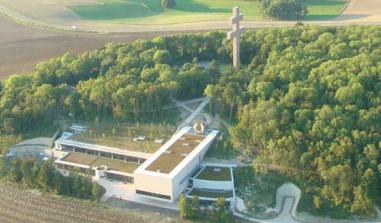Defence system and fortifications around Langres
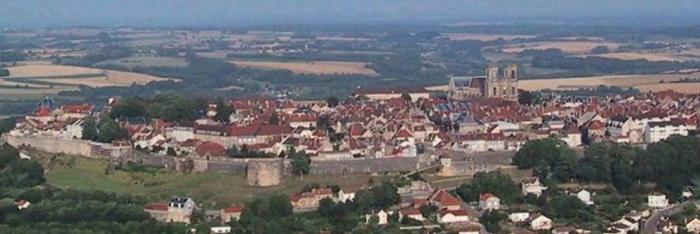
Vue panoramique de la citadelle. Source : Office de Tourisme du Pays de Langres
The Langres defence system is one of the only such systems never to have been subjected to enemy fire.
This, as well as its four lakes, means that the Pays de Langres defence system is one of the best preserved in comparison to its original state.
Context
After the 1870 war, Alsace and Moselle were annexed by the German Empire, depriving France of the natural defences provided by the Rhine and the majority of the Vosges mountain range. The country's entire defence system had to be modified. This task was completed by the General of the Engineers, Raymond Séré de Rivières.
Having noted the disadvantaged new borders and the fact that it would be impossible to stop the enemy on them, he decided to construct "defensive curtains" designed to help concentrate and move troops. With strongly fortified towns at each end (Verdun, Toul, Epinal and Belfort), these curtains formed a string of separate forts, preventing any passage. Two large breaches were left (at Charmes and Stenay) for troop manoeuvres.
This system, designed to offer support and openings for a French attack or channel German troops if they broke through, was complemented behind the front line by a second line of immense fortified camps (Besançon, Dijon and Langres). Their role was to support the curtains by coordinating an offensive or strategic retreat.
This colossal project, started in 1874, was practically complete within a decade.
Defensive structure
Modernisation of the structure, inherited directly from the mid-17th century, began in the mid-19th century: construction of the citadel (1842-1860), reconstruction of the enclosed town (1844-1856) and the start of work on Bonnelle and Peigney forts (1869). The project was rudely interrupted by the war of 1870. The lessons learned during the conflict confirmed the credibility of detached fortifications, and justified moving these away from the site itself due to rapid progress in artillery. From 1874, the aims of the system at Langres were to: support a reserve army amassed around Langres, provide backing for an army forced to abandon the Vosges or Franche-Comté, shelter the town and supply routes to the citadel from bombing and control the railway lines and prevent the enemy from using them.
The fortified camp was transformed up until 1893. After a half-century of intensive work it was made up of over forty structures (citadel, 8 detached forts, 20 batteries and infantry structures, 9 underground magazines and 4 strategic wells), linked by 60km of strategic roads.
Montlandon Fort (or Mortier Fort) was built between 1883 and 1885, 10km east of Langres. It covered an area of 8.5 hectares and could house 7 officers and 350 men. Today, it has been converted into a farm with accommodation. Visitors can enjoy meals and snacks, buy local produce and visit the fort and farm. Open for visits. Status: private property.
Le Cognelot or Vercingétorix Fort was built between 1874 and 1877 to control the Culmont-Chalindrey railway node, protect an army retreating towards the plateau and play a pivotal role in allowing an army to garrison the east and south-east ridges of the plateau, preventing the enemy from besieging them.
Le Congelot Fort covers an area of 29 hectares and is located 8 kilometres south-east of Langres. It could house 13 officers and 623 men (and up to 1,083 in wartime). As it needed to be autonomous, supplies were designed to last 3 months: in addition to 100,000 individual rations, 585 cubic metres of water (6 litres per man per day) were required. Guided visits are available to individuals every Sunday in July and August except when events are being held. Groups: all year round by appointment.
Peigney or Constance Chlore Fort was built between 1869 and 1875, 2.5km east of Langres. It is a trapezoidal point defence fort which covers an area of 18 hectares. It was designed to house 8 officers, 18 non-commissioned officers and more than 336 men. Its weaponry was made up of 49 pieces of artillery (plus 22 in reserve). Status: property of the civilian emergency service.
Pointe de Diamant or Defrance Fort is the smallest fort in the defence system. Its role, in combination with La Bonnelle Fort, was to control the plateau west of the site. It is situated 3.2km from Langres and was built between 1874 and 1877. It covers an area of almost 12.76 hectares and was capable of housing 8 officers, 18 non-commissioned officers, 334 troops and 29 pieces of artillery. Status: the fort, which belongs to a private company, has been abandoned and is therefore not open for visits.
Saint-Menge or Ligniville Fort. Saint-Menge Fort (also known as Ligniville fort after the first Prefect of Haute-Marne) formed an integral part of the 19th-century Langres defensive system. It is located 8km north of Langres. This trapezoidal stop fort covering an area of 22 hectares is equipped with two batteries and a fortified camp. Its construction, on the site of a promontory fort at the point where the Marne valley opens out, began in 1874. Once completed in 1881 it was capable of housing 19 officers, 37 non-commissioned officers, 754 troops and 68 pieces of artillery. Status: private property. Not open for visits.
La Bonnelle or Décres Fort This fort, construction of which had hardly begun at the time of the 1870 war, is the only structure to have come under enemy fire when the Prussians circumvented the fortifications in January 1871. The building of the fort commenced in 1869 and was finally completed in 1885, after two phases of works (1869-1875 and 1881-1885). It is a trapezoidal point defence fort covering an area of 18 hectares. It was capable of housing 13 officers, 50 non-commissioned officers, 610 troops, 4 horses and 45 pieces of artillery. Status: property of Saint-Geosmes village. Open for visits for groups only, by appointment. Contact: Pays de Langres tourist office.
Dampierre or Magalotti Fort is the most distant, but also the largest, of the eight forts of the Langres curtain. It was built between 1874 and 1879 between the Coudre and Traire valleys, and is France's largest fort (52 hectares). It is surrounded by 4 kilometres of ditches and was designed to house 43 officers, 146 non-commissioned officers and 1,350 troops. Its immense size is matched only by its weaponry capability - up to 142 pieces of artillery. Status: property of the Ministry of Defence. Not open for visits.
Plesnoy or Medavy Fort was built between 1877 and 1881, 11.8km north-east of Langres. It is a 38-hectare stop fort designed to house 25 officers, 48 non-commissioned officers, 768 men (and 300 artillerymen) and 47 pieces of artillery. Around it stand four batteries, one of which is built against the fort, and a detached powder magazine at Bois Salicaut. Status: private property. Closed to the public.
Information
Pays de Langres Tourist Office
BP16 - 52201 Langres cedex
Tel: +33 (0)3 25 87 67 67
Fax: +33 (0)3 25 87 73 33
Langres Citadel
52200 LANGRES
Tel: +33 (0)3 25 87 67 67
Fax: +33 (0)3 25 87 73 33
E-mail: info@tourisme-langres.com
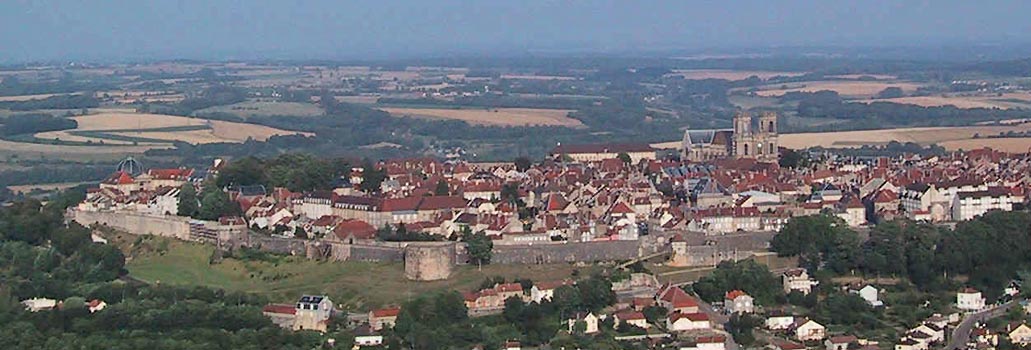
Vue panoramique de la citadelle. Source : Office de Tourisme du Pays de Langres
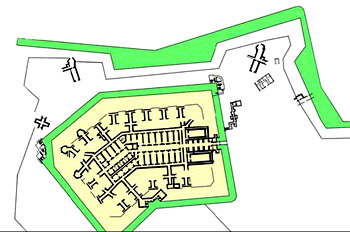
Plan du fort du Cognelot. Source : Office de Tourisme du Pays de Langres
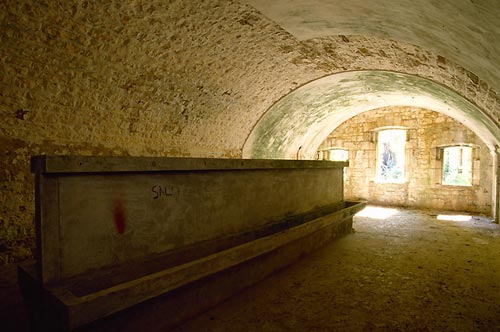
Casemate chambrée du fort de Dampierre. Source : Office de Tourisme du Pays de Langres
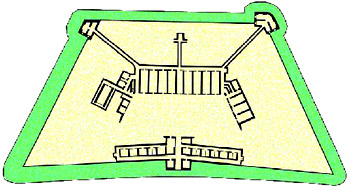
Plan du fort de Montlandon. Source : Office de Tourisme du Pays de Langres
Practical information
52200
Langres
03 25 87 67 67
Visite du Fort de Bonnelle uniquement sur RDV



